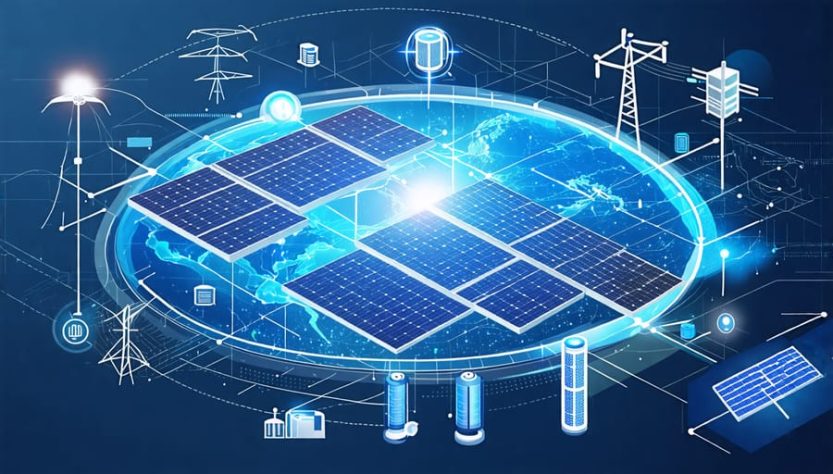
The global shift toward advances in energy storage technologies and renewable energy sources such as solar and wind power has brought about significant environmental benefits. However, the intermittent nature of these energy sources poses a challenge: how to stabilize supply when the sun isn’t shining or the wind isn’t blowing. The solution lies in advances in energy storage technologies, which are revolutionizing how we store and manage energy. From cutting-edge battery innovations to alternative storage solutions, these advancements are paving the way for a more sustainable and reliable energy future.
Why Is Energy Storage Essential for Renewable Energy?
Renewable energy sources generate power based on natural conditions, which are inherently unpredictable.
- Challenges with Intermittency: Solar panels only produce energy during daylight hours, and wind turbines depend on wind availability.
- Energy Demand Mismatch: Energy production and consumption patterns often don’t align, necessitating storage for excess energy.
- Grid Stability: Energy storage systems stabilize the grid by providing backup power and smoothing out fluctuations in supply.
Advances in Battery Technologies
Battery technologies are at the forefront of energy storage innovations, offering scalable solutions for stabilizing renewable energy supply.
Lithium-Ion Batteries: The Benchmark
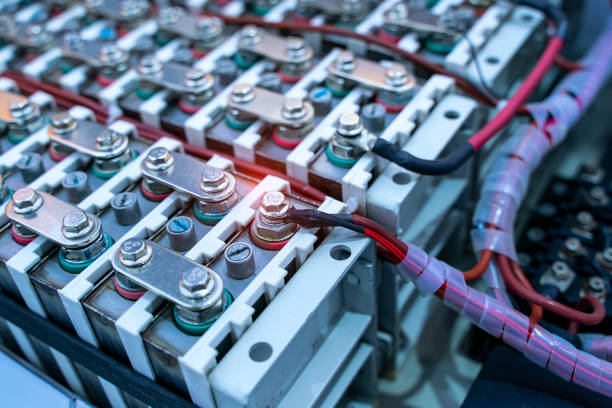
- Advantages: High energy density, efficiency, and scalability.
- Applications: Widely used in electric vehicles (EVs), home energy storage, and grid-level storage solutions.
- Innovations:
- Increased lifespan through solid-state designs.
- Enhanced charging speeds and safety improvements.
Solid-State Batteries: The Next Frontier
- What Sets Them Apart: Replace liquid electrolytes with solid materials, increasing safety and energy density.
- Impact: Ideal for high-capacity applications, such as EVs and grid-scale storage.
Flow Batteries: Long-Duration Storage
- Key Features: Utilize liquid electrolytes stored in external tanks, enabling extended discharge durations.
- Advantages: Scalability and durability make them suitable for large-scale renewable integration.
- Use Cases: Industrial applications and remote renewable installations.
Beyond Lithium: Emerging Battery Materials
- Sodium-Ion Batteries: Abundant and cost-effective alternative to lithium.
- Zinc-Air Batteries: High energy potential, ideal for grid-scale applications.
- Iron-Air Batteries: Economical option for long-duration storage with significant scalability potential.
Non-Battery Energy Storage Solutions
While batteries dominate the energy storage conversation, alternative methods are critical for diversifying storage capabilities.
Pumped Hydro Storage

- How It Works: Uses excess energy to pump water to a higher elevation, which is released to generate electricity when needed.
- Benefits: High efficiency and long-term storage capability.
- Challenges: Requires significant geographic and environmental considerations.
Thermal Energy Storage
- How It Works: Stores heat or cold energy, which can later be converted to electricity or used directly for heating and cooling.
- Examples:
- Molten salt storage in concentrated solar power plants.
- Ice-based cooling systems for commercial buildings.
Compressed Air Energy Storage (CAES)
- How It Works: Stores energy by compressing air in underground reservoirs, releasing it to generate electricity.
- Advantages: Large-scale, long-duration storage capability.
Hydrogen Energy Storage
- The Process: Excess renewable energy is used to produce hydrogen via electrolysis, which can later be used in fuel cells or turbines.
- Potential: Offers a versatile and scalable solution for long-term storage and hard-to-decarbonize sectors like heavy industry.
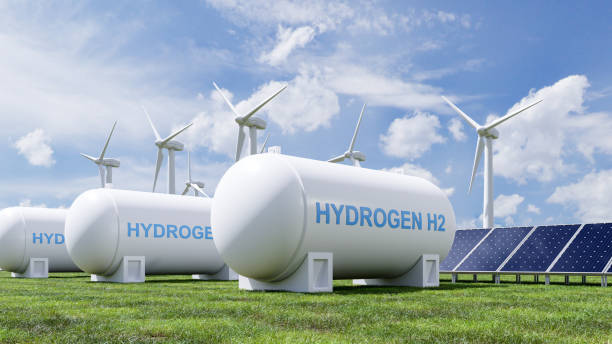
The Role of AI and Smart Technologies in Energy Storage
Artificial intelligence and advanced energy management systems are enhancing storage efficiency and integration.
- Predictive Analytics: AI forecasts energy production and consumption patterns, optimizing storage use.
- Smart Grids: Intelligent systems enable real-time energy distribution, balancing supply and demand seamlessly.
- Energy Trading: Blockchain technology facilitates peer-to-peer energy trading, leveraging stored renewable energy.
Impact of Energy Storage on Renewable Energy Adoption

Energy storage innovations are accelerating the global adoption of renewable energy by addressing key challenges.
- Increased Grid Resilience: Storage systems provide backup power during outages or peak demand.
- Cost Reductions: Enhanced storage technologies lower the cost of renewable integration, making it more competitive with traditional energy sources.
- Decentralized Energy Solutions: Localized storage systems, like home batteries, empower consumers to generate and store their own energy.
Challenges Facing Energy Storage Development
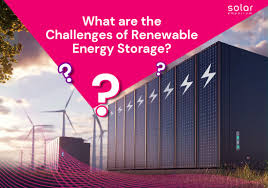
Despite significant progress, energy storage technologies face hurdles:
- High Initial Costs: Many storage solutions require significant upfront investment.
- Material Limitations: Scarcity of materials like lithium and cobalt poses supply chain challenges.
- Recycling and Disposal: Managing end-of-life batteries and other storage systems sustainably is a growing concern.
- Regulatory Barriers: Policies often lag behind technological advancements, hindering deployment.
Future Trends in Energy Storage
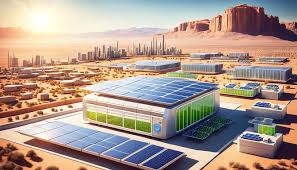
The energy storage landscape is set to undergo transformative changes in the coming years.
- Grid-Scale Battery Adoption: Massive installations to stabilize national grids and manage renewable variability.
- Integration with Electric Vehicles: EV batteries doubling as grid storage through vehicle-to-grid (V2G) technology.
- Development of Supercapacitors: Offering rapid charge-discharge cycles, ideal for balancing energy spikes.
- Hybrid Storage Systems: Combining different technologies (e.g., batteries and thermal storage) for optimized performance.
Advances in energy storage are critical for the widespread adoption of renewable energy. From next-generation batteries to innovative non-battery solutions, these technologies ensure that renewable energy is reliable, efficient, and scalable. By addressing the challenges of intermittency and grid stability, energy storage is paving the way for a cleaner, greener energy future.
As innovations continue to emerge, the potential for a fully renewable-powered world becomes increasingly achievable, proving that energy storage is not just a solution but the cornerstone of sustainable progress.
FAQs
What is the role of energy storage in renewable energy?
Energy storage stabilizes the renewable energy supply by storing excess energy and providing backup during periods of low production.
Why are lithium-ion batteries so popular for energy storage?
Lithium-ion batteries offer high energy density, efficiency, and scalability, making them ideal for various storage applications.
What are solid-state batteries, and why are they important?
Solid-state batteries use solid electrolytes, increasing safety and energy density, making them suitable for advanced energy storage needs.
Are there alternatives to battery-based energy storage?
Yes, alternatives like pumped hydro, thermal storage, compressed air energy storage (CAES), and hydrogen storage play significant roles.
How does AI enhance energy storage systems?
AI optimizes energy storage by predicting usage patterns, managing smart grids, and facilitating efficient energy distribution.
What is the future of energy storage?
The future includes advancements in battery technology, grid-scale adoption, EV integration, and hybrid storage systems.



